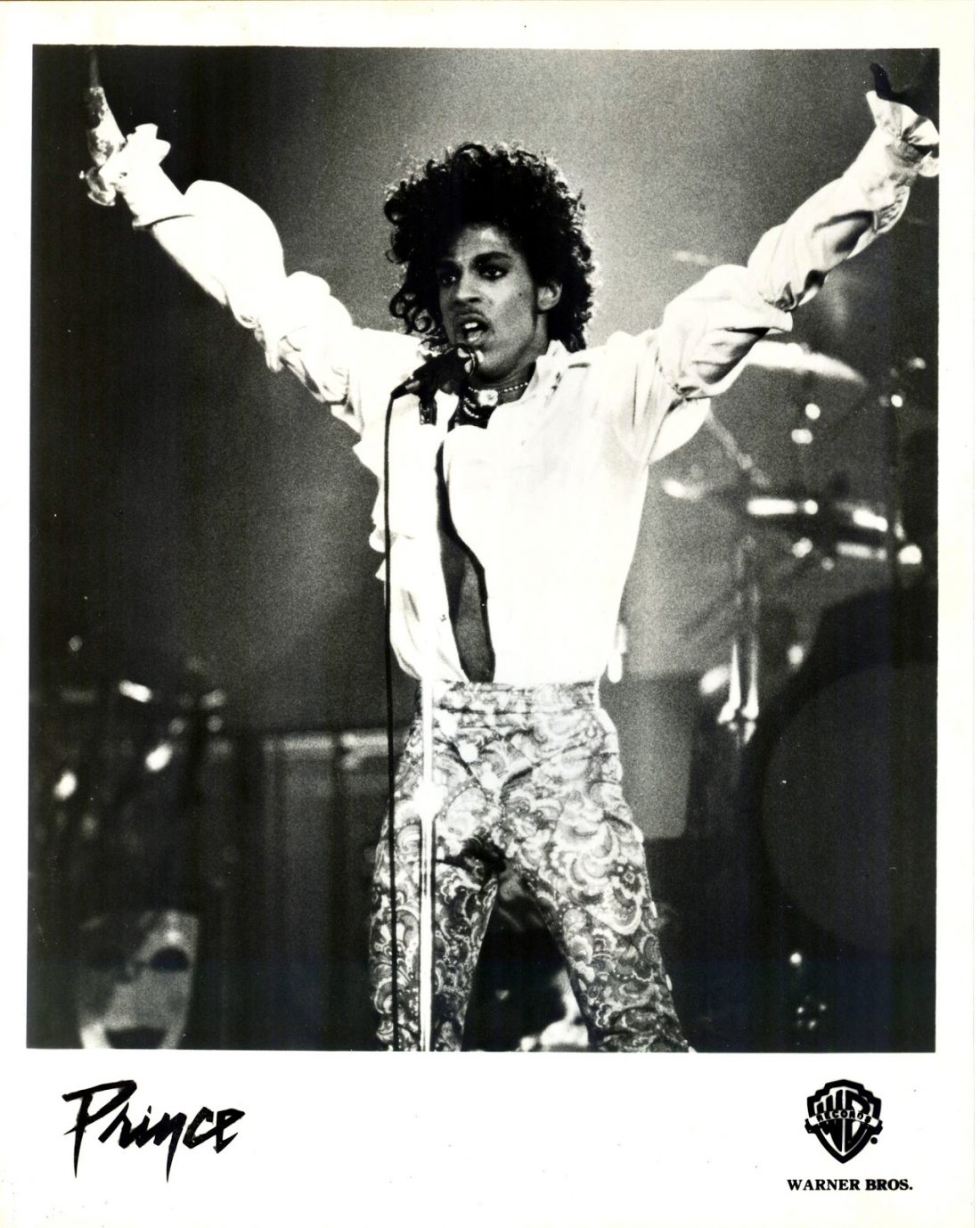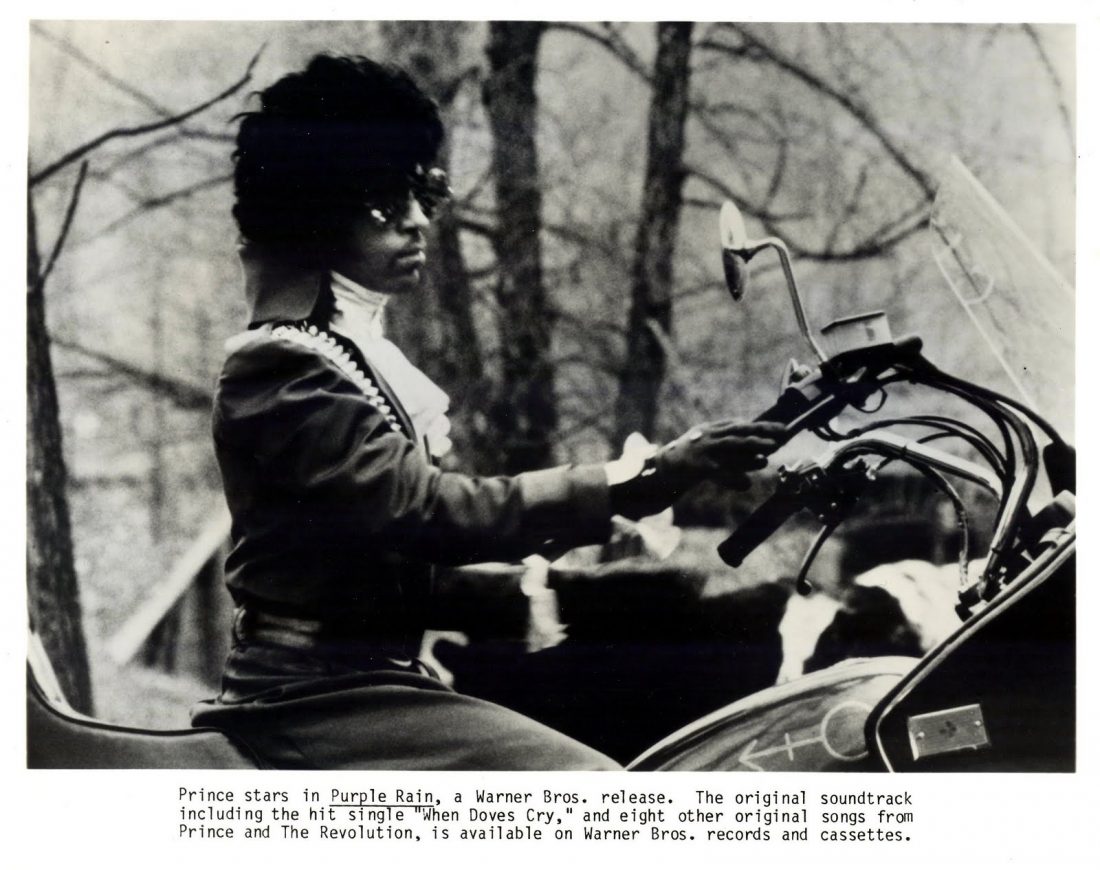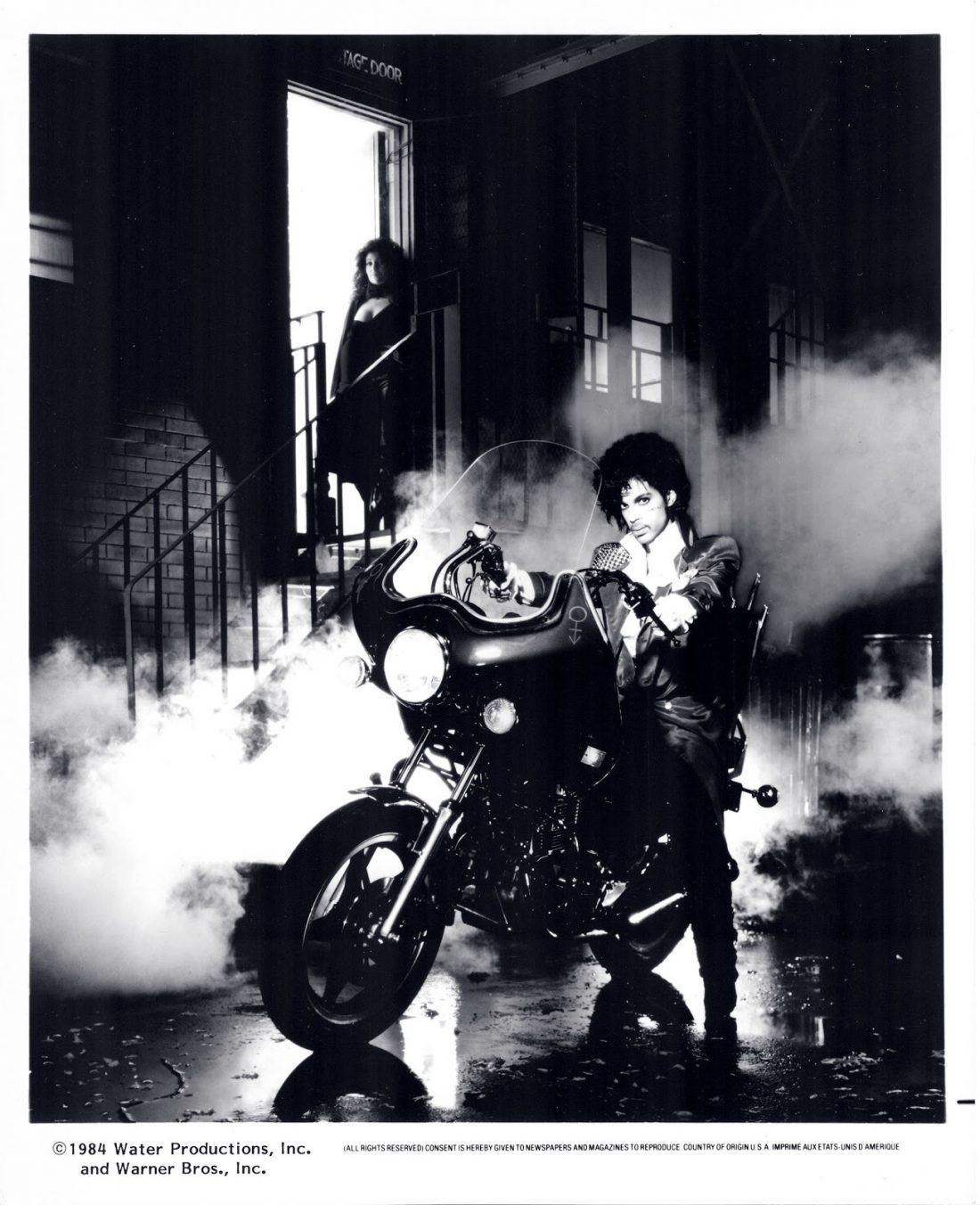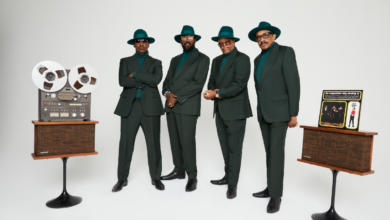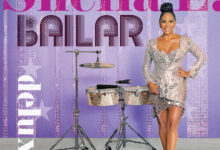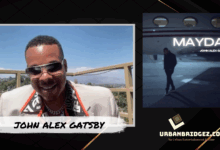Prince and the Revolution‘s Iconic ‘Purple Rain’ Audiophile Blu-ray Release
The Dolby ATMOS Mix Will Be Available April 25th.

NPG Records and Paisley Park Enterprises, in partnership with Warner Records, have announced the release of a brand-new audiophile Blu-ray featuring 2024’s Dolby ATMOS mix of Prince and the Revolution‘s iconic 1984 album, “Purple Rain.”
As well as Prince’s original 1984 stereo mix, in high-definition 24bit/96kHz audio. The Blu-ray will be available April 25th.
Prince shattered all expectations and made music history when he released the album “Purple Rain,” followed by the hit movie of the same name weeks later.
The 9-track LP went on to win two Grammy Awards (“Best Rock Performance by a Group” & “Best Album of Original Score Written For A Motion Picture”), two American Music Awards, a Brit Award, and an Academy Award for Best Original Song Score.
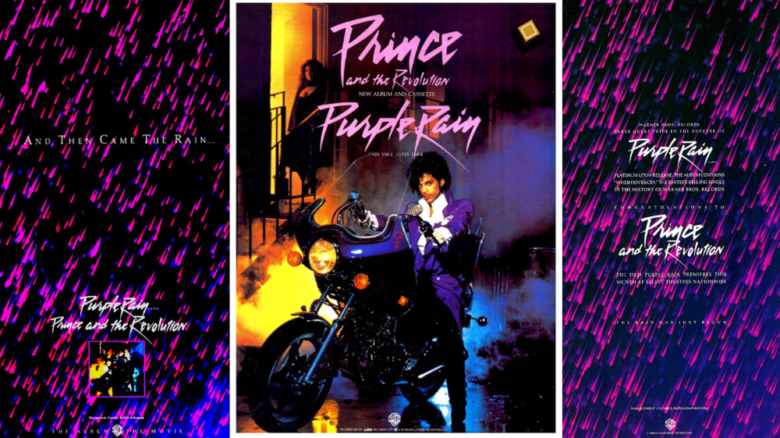
In 2012, the Library of Congress added the album to the National Recording Registry, which only accepts sound recordings that “are culturally, historically, or aesthetically important, and/or inform or reflect life in the United States.”
“Purple Rain” spent 24 weeks at #1 on the Billboard album charts, sold over 25 million copies worldwide, and appears on countless ‘Best Of’ polls, most recently achieving the #4 spot on Apple Music’s Top 100 Albums Of All Time.
The 2024 Atmos presentation of Purple Rain was meticulously mixed from the original multi-track master tapes by Prince’s protege and Best Engineered Grammy nominee Chris James. It was released on June 21st, 2024.
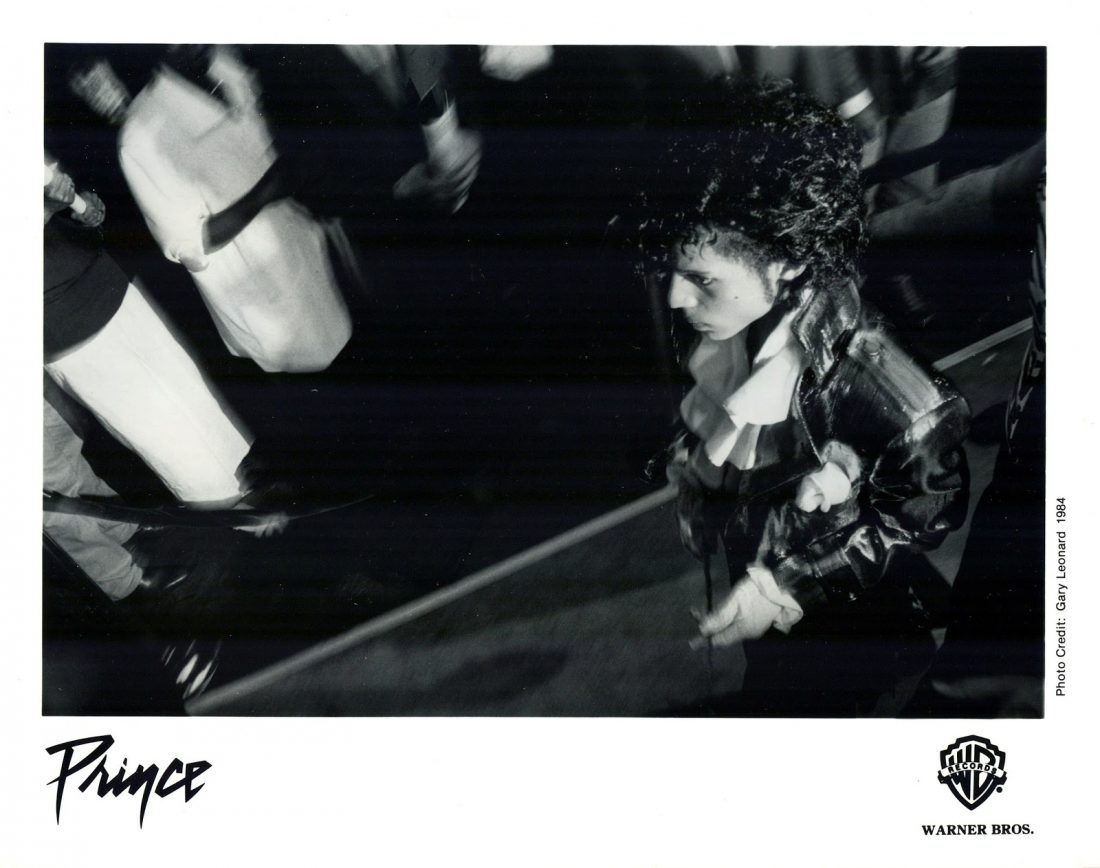
“In 2024 we started our year-long celebration of the 40th anniversary of Purple Rain, we are thrilled to present Prince’s masterpiece in ATMOS, providing an immersive, surround auditory experience of Prince’s legendary album. This highly crafted release will present Prince’s iconic work with more space and depth while preserving the beautiful songs that have shaped music and popular culture, and touched the lives of countless fans around the world.” – Paisley Park Enterprises
Warner Bros. Discovery also reissued a newly restored 4K version of the “Purple Rain” motion picture.
Film soundtracks are usually an afterthought–mere companion pieces designed to exploit the revenue potential of a movie. This makes “Purple Rain” (1984) truly exceptional. While it is intimately connected to the film of the same name, “Purple Rain” stands on its own as the profound statement of its author–Prince.
Prince had been laying the foundation for “Purple Rain” since his debut album in 1978. He looked and sounded otherworldly to the audiences that first encountered him. In truth, his originality was infused with the influences of Sly Stone, James Brown, Little Richard, Jimi Hendrix, Carlos Santana, Joni Mitchell, Stevie Wonder, Chicago, Rufus and Chaka Khan, Tower of Power, Steely Dan, Curtis Mayfield, Fleetwood Mac, and George Clinton. Yet, Prince was not at all derivative. In fact, his music was ahead of its time. Unapologetically provocative, he pushed past the culturally imposed limitations of musical genres, gender roles, and religious symbolism with each successive album, video, and tour. Buoyed by boundary breaking airplay on the nascent national jukebox—MTV–he reached the crossover threshold with “1999” (1982).
That album sold millions of copies off the top ten hits “1999” and “Little Red Corvette.” In conceptualizing his next album, Prince wanted to do more than outsell the previous one. He was now in a position to share his gifts and his worldview with a global audience. As revealed in the song “Baby I’m a Star,” the film “Purple Rain” served as his vehicle for inviting people into his world (“Hey, look me over/tell me, do you like what you see?”) without having to compromise his vision (“before the night is through you will see my point of view/even if I have to scream and shout”).
The recording sessions for the album took place from March 1983 to March 1984. Prince recorded more than three dozen songs during this time period and not all of them were intended for “Purple Rain.” He recorded some songs for himself and some for the bands he was producing at the time. Listening to these songs (on the expanded edition of “Purple Rain” released in 2017), it’s clear that every song that ended up on the album was meant to be there. Prince crafted these songs with futuristic-sounding Oberheim (OB-Xa and OB-8) and Yamaha (DX-7) synthesizers; the Yamaha CP-80 electric piano; the Linn LN-1 drum machine; and devastating guitar playing on his Hohner telecaster. Prince made judicious choices in song selection and sequencing of the album and it went through several configurations before it was done. Some songs didn’t make the cut and others had to be shortened. What remained was a tour de force absent of filler and unified by deep themes.
The film is about the redemptive power of love expressed through the vitality of music. The Kid, the character played by Prince, has extraordinary talent, and he knows it. Yet, he struggles to take hold of the opportunities before him amidst turbulent relationships with his father, his girlfriend, his band (the Revolution), and his rivals for primacy in the Minneapolis music scene (Morris Day and the Time). Fear, insecurity, jealousy, and violence threaten to doom the Kid’s aspirations. The conflict plays out on stage until he chooses love over hate, creation over destruction.
The album’s opener, “Let’s Go Crazy,” is an existential manifesto cloaked in rousing rock song. It’s a call to resist the lure of evil (“Are we gonna let de-elevator bring us down?”) and the fear of death. Prince wholeheartedly believed that death was not something to fear but an experience to welcome–a transition to “the afterworld…a place of never ending happiness.” The album continues with the lustful escapism of “Take Me With U,” the vulnerable desperation of “The Beautiful Ones,” the agonizing confusion of “Computer Blue” and the cold fury of “Darling Nikki.” By the time listeners reach “When Doves Cry,” Prince is alone at the crossroads, cooing in anguish as he confronts the consequences of pushing love away to protect himself from pain. Only when the Kid recognizes that love requires sacrifice and mercy (“I Would Die 4 U”) is he able to embrace the people in his life.
The album closes with “Purple Rain,” a magnum opus that evokes gospel, country, blues, and rock; a song both mournful and hopeful at the same time. Although Prince loathed to publicly admit it, “Purple Rain” was influenced by rock bands like Bob Seger and the Silver Bullet Band, Bruce Springsteen and the E Street Band, and Journey. In fact, Prince felt the piano line to “Purple Rain” sounded so much like Journey’s “Faithfully” that he called band member Jonathan Cain and offered him a songwriting credit (Cain declined).
People still wonder about the meaning of the song “Purple Rain.” Even though the film promised to lift the fortunes of everyone involved, many of Prince’s relationships were strained at the time. Several players (Vanity, André Cymone, Dez Dickerson, Jimmy Jam, Terry Lewis) had exited Prince’s circle before production began (“Such a shame our friendship had to end”). His relationship with Morris Day was stressed throughout production of the film. The song’s lyrics suggest that Prince was at the forefront of a new direction in music but not everyone wanted to be a follower (“You say you want a leader, but you can’t seem to make up your mind/I think you better close it/let me guide you to the purple rain.”). In a 1998 interview, Prince coyly inferred that red blood falling from the blue sky creates purple rain–a purifying, healing, gentle downpour of salvation that can only occur when the world ends.
There would be no “Purple Rain” without the contributions of the Revolution, Prince’s now legendary backing band, immortalized in the film. Like the film and album, Prince had a definite vision for the Revolution–the utopia of Sly and the Family Stone, the intimacy of Fleetwood Mac, and the discipline of James Brown and his Famous Flames. The Revolution (Wendy Melvoin, Lisa Coleman, Brownmark, Dr. Fink, and Bobby Z.) played on five of “Purple Rain’s” nine tracks. The band helped Prince flesh out “Computer Blue” and “Purple Rain” in rehearsals.
The basic tracks to “I Would Die 4 U,” “Baby I’m a Star,” and “Purple Rain” originated from the band’s August 3, 1983 performance at First Avenue in Minneapolis. The Revolution also played on studio recordings of “Let’s Go Crazy” and “Computer Blue.” Prince didn’t need the Revolution in the studio–he was perfectly capable of creating masterpieces like “When Doves Cry” all by himself. But the Revolution was integral to the creation and success of “Purple Rain” (the song, the album, the film, and the tour) so much so that Prince referred to the band as Mount Rushmore.
The film grossed $70 million and earned Prince an Academy Award for Best Song Score. The album stayed at number one for 12 weeks, yielded five top ten singles, and sold nine million copies in the United States by 1985. As soon as the public confirmed “Purple Rain” as a classic, Prince knew he would live in its shadow. His next two albums with the Revolution, “Around the World in a Day” (1985) and “Parade” (1986), were sonic rebellions that explored psychedelic pop, Middle Eastern sounds, and European-influenced avant-garde funk and jazz. His subsequent albums sold fewer copies but he never tried to replicate “Purple Rain.” Instead, he created new masterworks like “Sign o’ the Times” (1987), an album that began with significant contributions from Wendy & Lisa before becoming a solo album after Prince disbanded the Revolution in October 1986.
“Purple Rain” had a tremendous influence on the music of its time and the music of the future. It launched the Minneapolis Sound and propelled the careers of the artists who performed with and were produced by Prince (most notably André Cymone, Dez Dickerson, Wendy & Lisa, Brownmark, Bobby Z. Dr. Fink, Morris Day, Jimmy Jam and Terry Lewis, Jesse Johnson, Jellybean Johnson, Monte Moir, Jerome Benton, St. Paul Peterson, Susannah Melvoin, Jill Jones, Sheila E., and Eric Leeds). Pop/rock artists including Sheena Easton and the Bangles both had hits with songs Prince wrote during the “Purple Rain” sessions. Decades later, “Purple Rain” influenced a new generation of musicians and performers including Alicia Keys, Questlove, D’Angelo, Beyoncé, Rihanna, Bruno Mars, and Janelle Monae.
Essay by: Eddie Santiago (National Registry)
Take A Trip Down Memory Lane With “Purple Rain”


